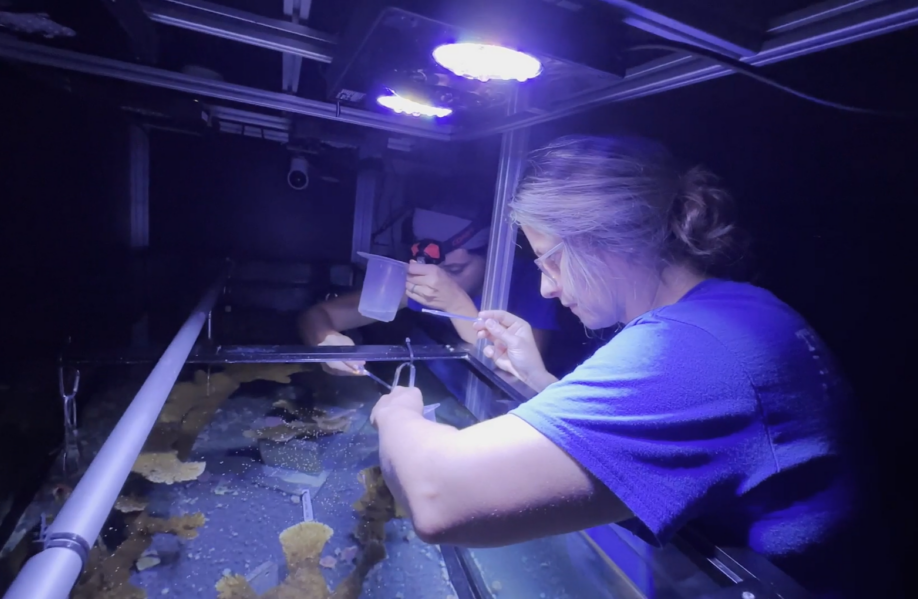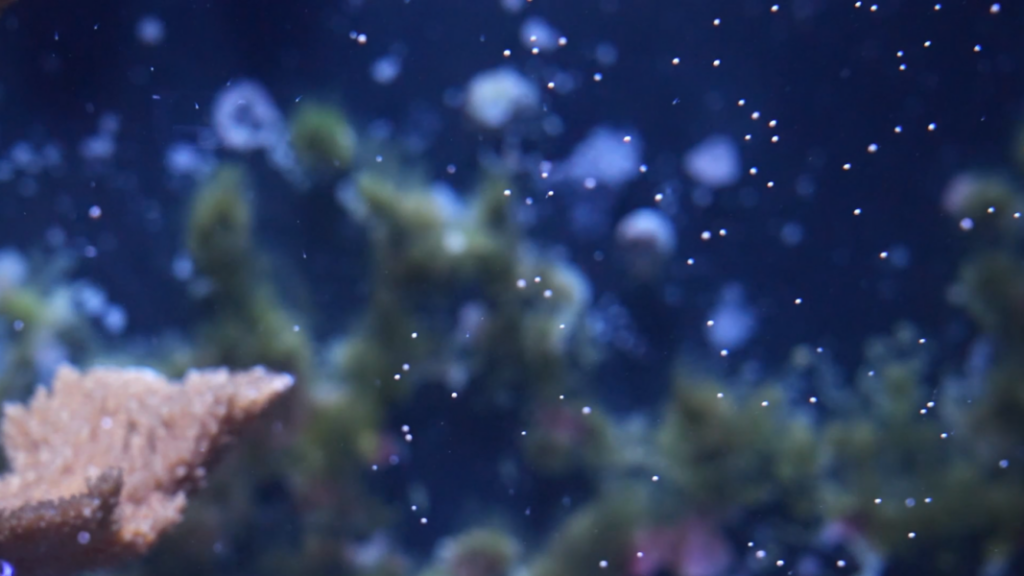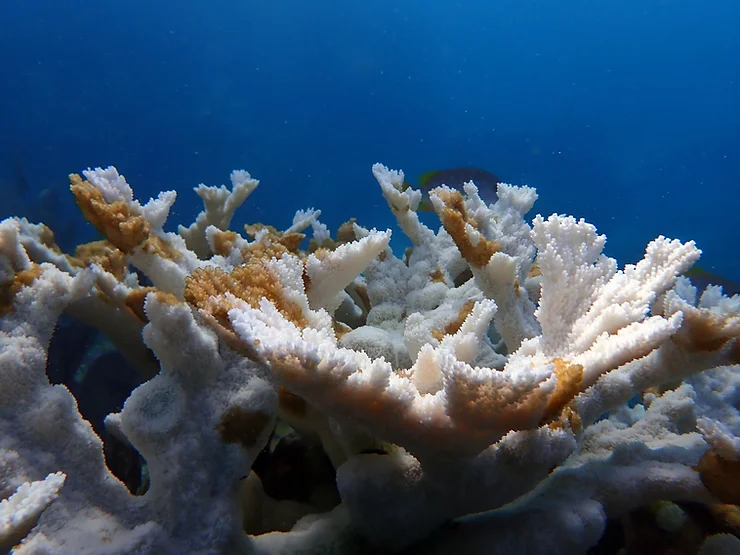Innovate
Breeding technology helps scientists save coral species

With 100-degree water temperatures in the Florida Keys causing what one researcher called “unimaginable” deaths, local experts are pushing the scientific envelope to breed more resilient coral.
Keri O’Neil, director and senior scientist for the Florida Aquarium’s Coral Conservation Program, is celebrating a small victory in the fight to save a threatened species from unprecedented heat. Corals are animals with an external skeleton created by thousands of tiny polyps, and the Tampa-based facility’s rescues are producing babies.
Nurturing elkhorns to spawn in a lab is a perilous and complex endeavor. In September 2022, Aquarium scientists became the world’s first to successfully replicate the once-a-year process in a controlled environment.
In addition, O’Neil noted that hottub-like ocean temperatures could impact reproduction in rescued coral, underscoring the spawning event’s importance. “The ones that we brought in from the ocean, we honestly didn’t know if they would spawn at all,” she said.
“You’re literally just trying to push the needle of science faster than is really reasonable because climate change is moving faster than our ability to breed a resilient coral,” O’Neil added. “This is like nature’s way of forcing us to do a huge heat tolerance experiment.”

Spawning corals release a combination of eggs and sperm called bundles, which resemble bubbles floating to the surface.
The Aquarium’s corals began spawning Aug. 4, about two weeks after O’Neil’s team joined a frantic effort to rescue the threatened species. Scientists and researchers from the University of South Florida St. Petersburg and the Florida Institute of Oceanography – housed on the campus – store thousands of corals at the organization’s Keys Marine Laboratory (KML).
Some of those are now part of the Aquarium’s breeding program. O’Neil and her colleagues will eventually bring the offspring to the KML before releasing them into their natural habitat.
The goal is to selectively breed corals and increase their genetic diversity. O’Neil compared the mission to similar efforts with pandas and other endangered animals.
She said Florida is home to about 140 genetically unique elkhorn corals. Now that technology has enabled “managed breeding,” O’Neil said the focus is selecting parents likely to spawn heat-tolerant and disease-resistant babies.
She said spawning gives her hope, as it enhances genetic possibilities for future generations.
Scientists must first mimic several natural factors that trigger coral spawning. Those include constant temperature and light fluctuations and moon phases.
She explained that corals typically spawn around the first full moon in August. Most species release an egg and sperm combination called “bundles,” which bubble to the surface.
Scientists skim those from tanks and pair them with bundles from other corals to increase genetic diversity. O’Neil said the nurtured embryos become “tiny swimming coral larvae” in a few days.
She noted that they are about two millimeters long, and that is the only time a coral will swim.
“It swims around and has to find a reef to live on,” she said. “In the ocean, 99.99% of those will just get washed away and never find a reef.”
However, O’Neil’s team places the babies on specially conditioned tiles where they transform into a “primary coral polyp.” While researchers can achieve up to a 70% success rate, she said the average is around 30%.
O’Neil said the babies are “biosecure,” meaning they never interact with anything nonnative to Florida. The Aquarium houses between 300 and 400 “brood stock” corals, or parents, and she said around half are successfully spawning.
“We will keep those indefinitely, and that will protect them from the bleaching event and disease events,” O’Neil explained. “They literally see a veterinarian every week, they have their water quality tested every week, and all their water parameters are controlled by technology and engineering.
“So, the parents are sort of protected and gene-banked with us indefinitely.”

Dead Elkhorn Coral at Sombrero Reef in the Florida Keys. The Coral Restoration Foundation (CRF) explains that the brownish patches are tissue that died before it had a chance to “bleach.” Photo: CRF.
When water temperatures rise, corals become stressed and expel algae from their tissue. That causes them to turn white, a process called bleaching.
Bleaching affects growth, reproduction and increases the likelihood of death. O’Neil said elkhorns were once common, “and we have already lost the vast majority of them.”
She also stressed their importance to Florida’s marine ecosystem. Florida’s Coral Reef spans more than 350 miles from the Dry Tortugas, at the southern tip of the Keys, to Martin County, about 100 miles north of Miami.
The Fish and Wildlife Conservation Commission notes that the “natural wonder,” the only living barrier reef in the continental U.S., supports over 71,000 jobs and generates a $6.3 billion economic impact.
O’Neill said elkhorn corals typically live on the reef’s crest, where they help dissipate wave energy. “And we’ve lost most of them in Florida, which means a loss of coastal protection,” she added.
“They are the most challenging species we’ve worked with, so any amount of success with them is a huge achievement,” O’Neil said.







